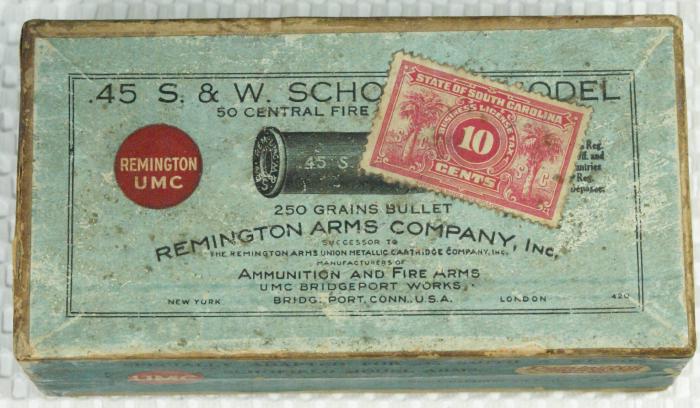The History of Modern U.S. Military Small Arms Ammunition (an accurate title but a mouthful) says the last production order to Frankford for M1909 cartridges, never made anywhere else, was for two million rounds* dated April, 1915, but that it might it not have been completed and that no specimen has been seen dated later than 12 13**. I have seen reports that M1909 revolvers were used in WWI for guard duty in the U.S. There have been claims that they were also sent overseas, but I think that unlikely because of the ammunition problem. There is also possibility of confusion with the Colt M1917, which is the same basic gun as the M1909, the Colt New Service.
Of course the M1909 could have been issued and used with .45 Colt commercial ammunition for stateside duty; the potential extraction problem would be less important than the need to get guns to those who might need them.
As to .38 Long Colt, the book says this: "In late 1917, production of .45 caliber pistols was insufficient... and the Cal .38 revolver and cartridge were forced into service ... restricted to National Guard use in the U.S. and to rear areas overseas." Ammunition "contracts were let to two firms, Winchester (1,030,000 rounds) and Remington (8,950,000 rounds)." The Winchester contract was cancelled without deliveries, but Remington completed their share. Those rounds are marked REM-UMC 18; some have the "U" on the primer. The load was a 148 grain lead RN bullet ahead of 3 grains of Bullseye, giving a MV of 755 fps at 15,000 psi. Since that is in the target wadcutter range, apparently they didn't want to shoot anybody very hard.
* A small order for Frankford. Just FWIW, their WWII production of .30 caliber ammunition, from late 1941 to early 1945 was 1.1 million rounds - per day.
** Neat coincidence, I have a specimen dated 12 13 also.
Jim


